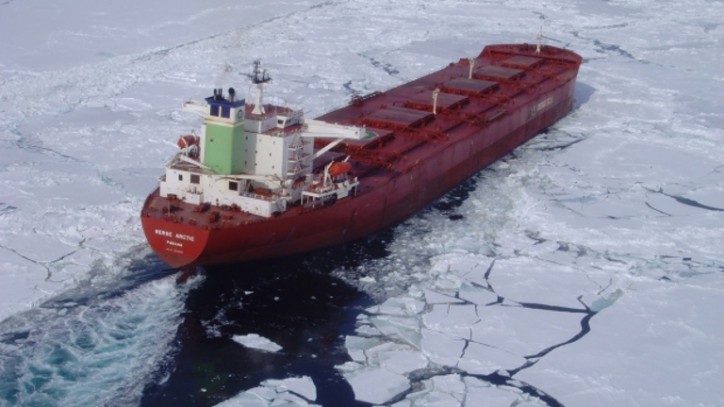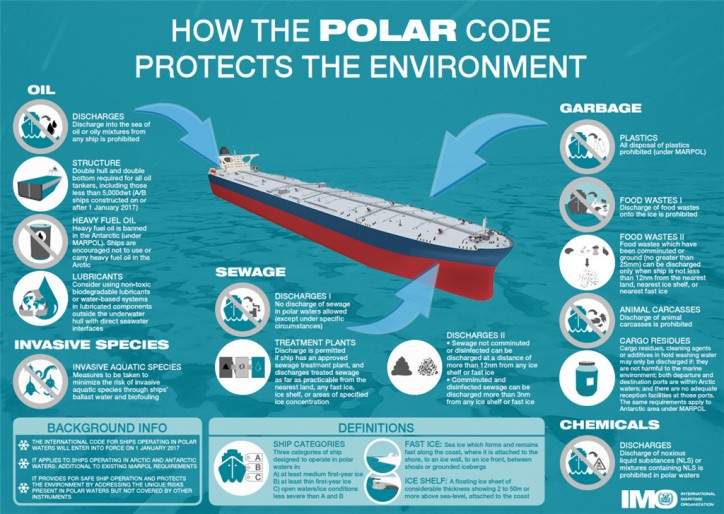The International Code for ships operating in polar waters (Polar Code) will enter into force on January 2017 and applies to ships operating in Arctic and Antarctic waters. It covers the various environmental requirements and recommendations relating to oil, sewage, garbage, chemicals and invasive species providing for safe ship operation and protecting the environment.
A documentary shown yesterday in the European Parliament called “Sea Blind – The Price of Shipping our Stuff” discusses the impact of the estimated increase of traffic on the Northern Sea Route or the Arctic Ocean. European shipowners participated in the roundtable discussion after the screening of the film.

Commenting on the claimed increase in the traffic and the future of the Northern Sea Route, ECSA’s Secretary General Patrick Verhoeven said: “It is unrealistic to believe that the Arctic will be immediately accessible as the sea ice disappears. Firstly, an ice-free Arctic Ocean year-round is false, as sea ice will always re-form during winter and ice properties and coverage will vary greatly within the region. There are also many other challenges that shipowners encounter such as polar darkness, poor charts, lack of critical infrastructure and navigation control systems and low search and rescue capability”.
“However, we do expect polar shipping to grow in volume in the coming years and are indeed pleased that precautions have been taken to ensure safety of life at sea and the sustainability of these highly sensitive environments is not compromised. The Polar Code of the International Maritime Organisation entering into force on January 2017 is mandatory and uniform regulation which ensures a level playing field. It will boost the level of confidence in the safety and environmental performance of shipping”, he concluded.
An IMO infographic illustrating how the Polar Code will protect the environment:

Source: ECSA